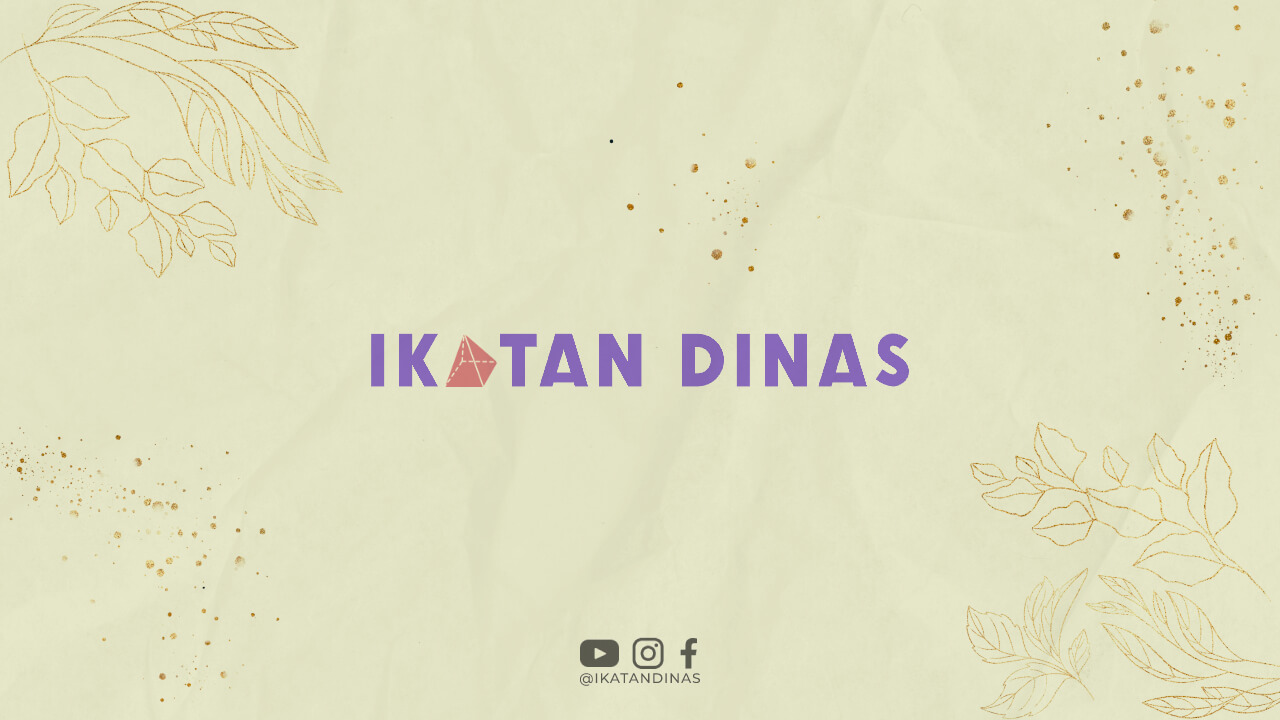Are you new to the world of digital marketing? Do you want to learn the basics and get a comprehensive guide to this field? Look no further than the Digital Marketing 101 PDF.
What is digital marketing? Simply put, it’s the promotion of products or services through digital channels such as social media, email, search engines, and websites. It’s a powerful tool for businesses of all sizes to reach their target audience and increase their revenue.
Why Digital Marketing is Important
In today’s digital age, consumers spend more time online than ever before. This means that businesses must adapt to this changing landscape to stay relevant and competitive. Digital marketing allows businesses to reach their target audience in a cost-effective and measurable way.
Unlike traditional marketing methods such as TV or print ads, digital marketing allows businesses to track their ROI (return on investment) and make data-driven decisions. This means that businesses can adjust their marketing strategies on the fly and optimize their campaigns for maximum impact.
The Components of Digital Marketing
Digital marketing is made up of several components, each with its own unique set of strategies and tactics. These components include:
- Search Engine Optimization (SEO)
- Pay-Per-Click Advertising (PPC)
- Social Media Marketing
- Email Marketing
- Content Marketing
Search Engine Optimization (SEO)
SEO is the practice of optimizing your website to rank higher in search engine results pages (SERPs). This involves a variety of tactics such as keyword research, on-page optimization, and link building. By ranking higher in search engines, businesses can drive more traffic to their website and increase their visibility.
Pay-Per-Click Advertising (PPC)
PPC is a form of advertising where businesses pay each time someone clicks on their ad. This can be done through platforms such as Google Ads or social media advertising. PPC allows businesses to target specific keywords and demographics, making it a highly targeted form of advertising.
Social Media Marketing
Social media marketing involves promoting your business on social media platforms such as Facebook, Twitter, and Instagram. This can be done through organic posts or paid advertising. Social media marketing allows businesses to build relationships with their customers and increase brand awareness.
Email Marketing
Email marketing involves sending promotional emails to a list of subscribers. This can be done through newsletters, promotional offers, or other marketing campaigns. Email marketing is a highly effective form of marketing, with an average ROI of 38:1.
Content Marketing
Content marketing is the creation and distribution of valuable content to attract and engage a target audience. This can include blog posts, infographics, videos, and more. Content marketing allows businesses to establish themselves as thought leaders in their industry and build trust with their customers.
Getting Started with Digital Marketing
Ready to get started with digital marketing? Here are some tips to help you get started:
- Define your target audience
- Set clear marketing goals and KPIs (key performance indicators)
- Choose the right digital marketing channels for your business
- Create a content strategy that aligns with your marketing goals
- Track and measure your results to optimize your campaigns
Conclusion
Digital marketing is a powerful tool for businesses of all sizes to reach their target audience and increase their revenue. By understanding the components of digital marketing and how they work together, businesses can create effective marketing campaigns that drive results.
Ready to take the next step? Download the Digital Marketing 101 PDF today and start your journey to digital marketing success.

